Abdominal wall reconstruction aims to restore the functional abdominal anatomy that often gets disrupted from a ventral or incisional hernia. The satisfaction rate is high following successful abdominal wall reconstruction.
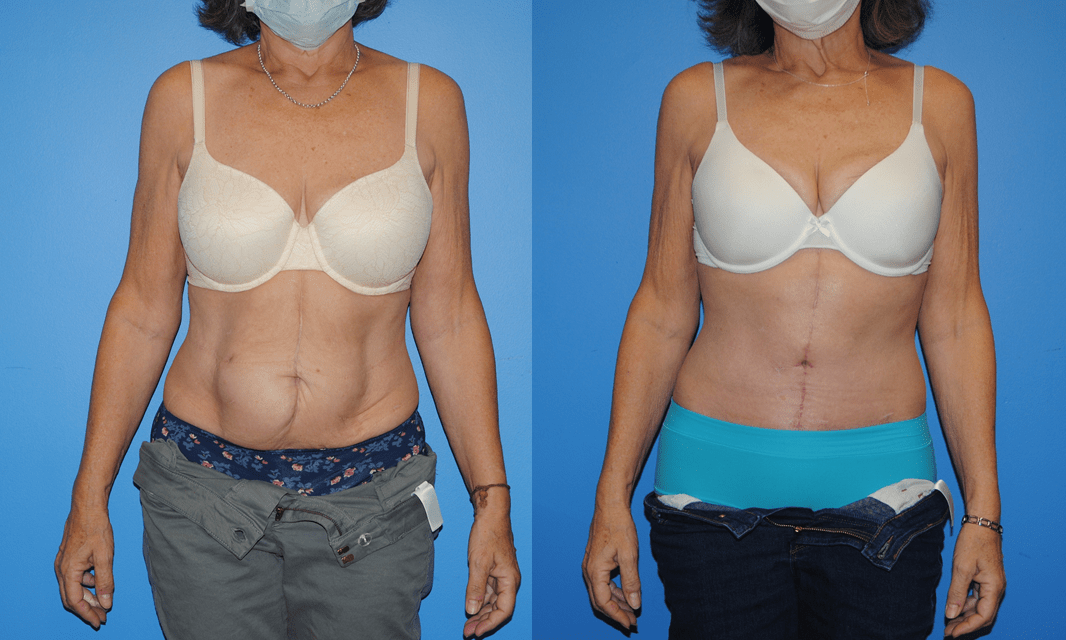

Abdominal wall reconstruction aims to restore the functional abdominal anatomy that often gets disrupted from a ventral or incisional hernia. The satisfaction rate is high following successful abdominal wall reconstruction.
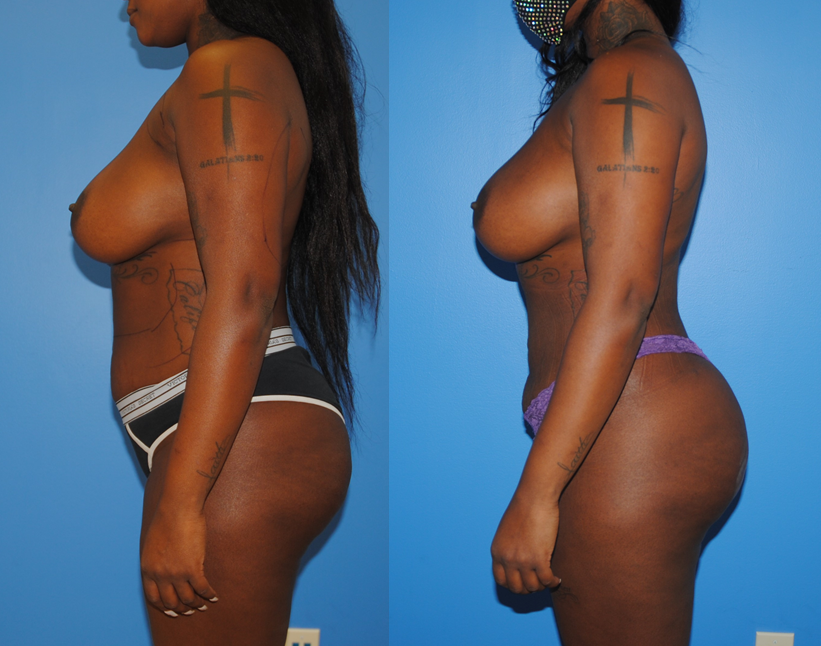
The Brazilian Butt Lift or Gluteal Fat transfer is an effective way to improve the body contour. The abdominal, flank, and lower back fat is often used to be harvested and transferred to the gluteal region. The duration that the fat will remain is variable. The patients who often get the best results from the Brazilian Butt Lift are patients…

In patients who have implants and develop a cancer, the cancer can sometimes be removed as a lumpectomy. Lumpectomy is often treated with radiation therapy post-operatively. Radiation can increase the risk for capsular contracture in the radiated breast. Correction requires release of the encapsulated breast pocket or excision of the capsule and often a lift of the contralateral side.
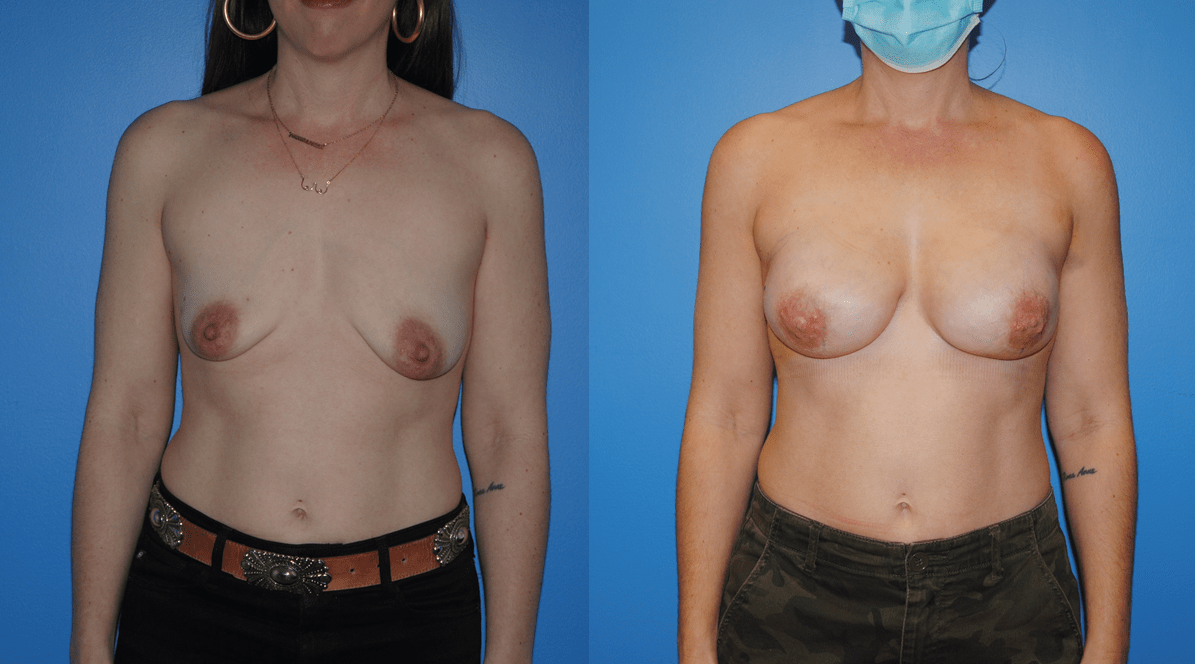
Patients can undergo mastectomy reconstruction with tissue expanders and implants following mastectomy. In certain patients, the mastectomy can be performed from the inframammary crease and can be well concealed giving the patient an optimal aesthetic result.
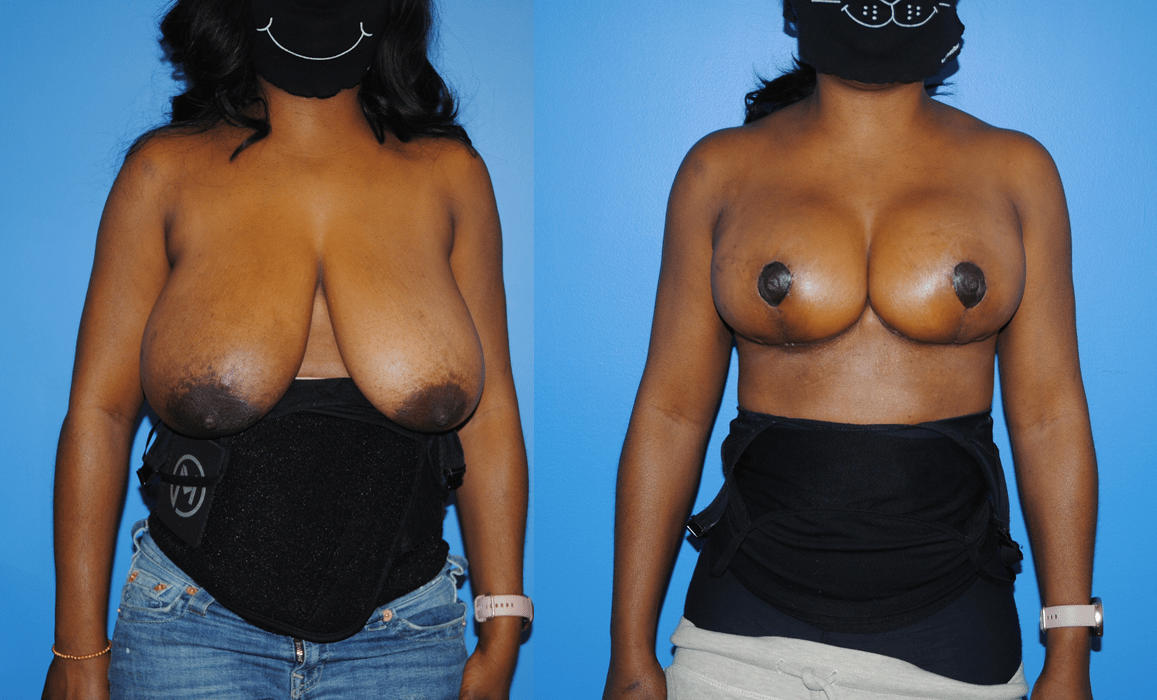
Lumpectomy defects can be reconstructed with the same techniques used to make the breast appear more youthful. The same techniques can be used to correct a deformity in the breast following radiation therapy.
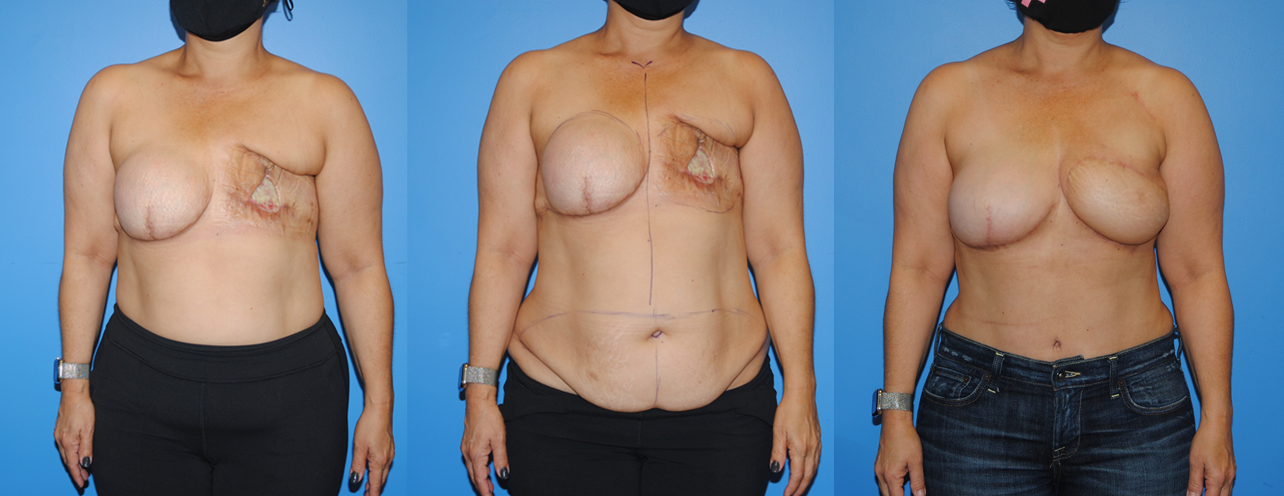
DIEP flap reconstruction can be used to reconstruct the breast in patients who have undergone radiation who are no longer candidates for implant reconstruction. In the radiated breast, the skin may not tolerate an implant or may be more susceptible to infection. In these patients the breast is reconstructed with the patients own body tissue. This photos shows a bilateral…
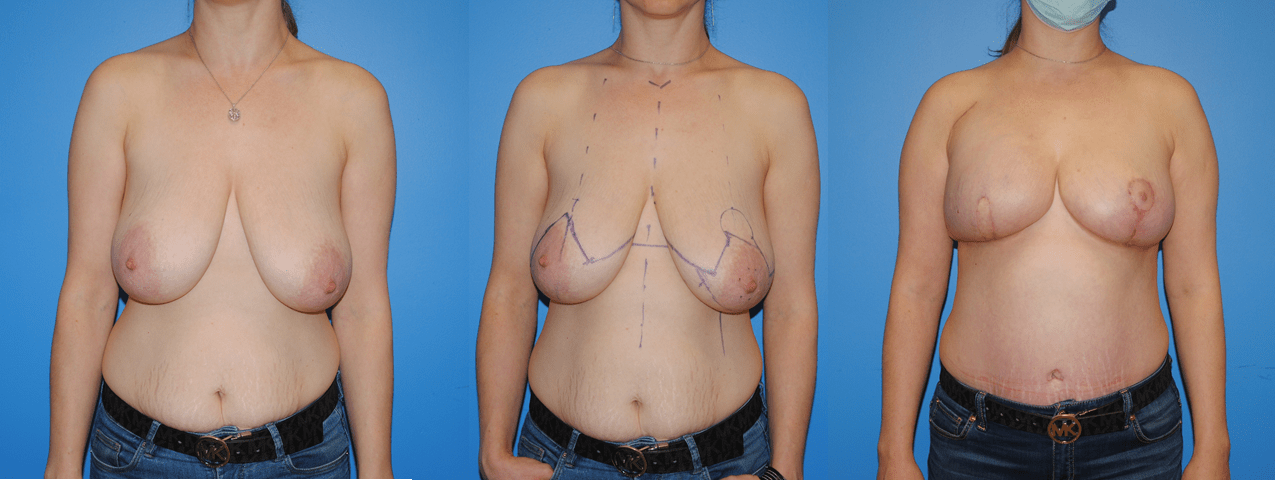
DIEP flap breast reconstruction uses the tissue from the lower abdomen to reconstruct the breast. This allows a natural match to the other breast. What can determine if a patient is a candidate for DIEP flap breast reconstruction is the amount of tissue on the lower abdomen and presence or absence of abdominal scars from previous surgeries. The satisfaction rate…

There are several common procedures that are performed that can help provide a youthful appearance to the face. One of the more common procedures performed in younger patients is a lower blepharoplasty procedure. In the lower blepharoplasty procedure, the lower eyelid is gently retracted inferiorly and the fat is removed from three compartments in the lower lid. This is one…

Patients with breast implants may encounter capsular contracture. Some patients may get capsular contracture repeatedly. In patients with capsular contracture we recommend removal of the mammary prosthesis. Often patients do not want do be completely done with their mammary prosthesis and we then encourage patients to have smaller mammary prosthesis replaced. It is often helpful to have the mammary prosthesis…
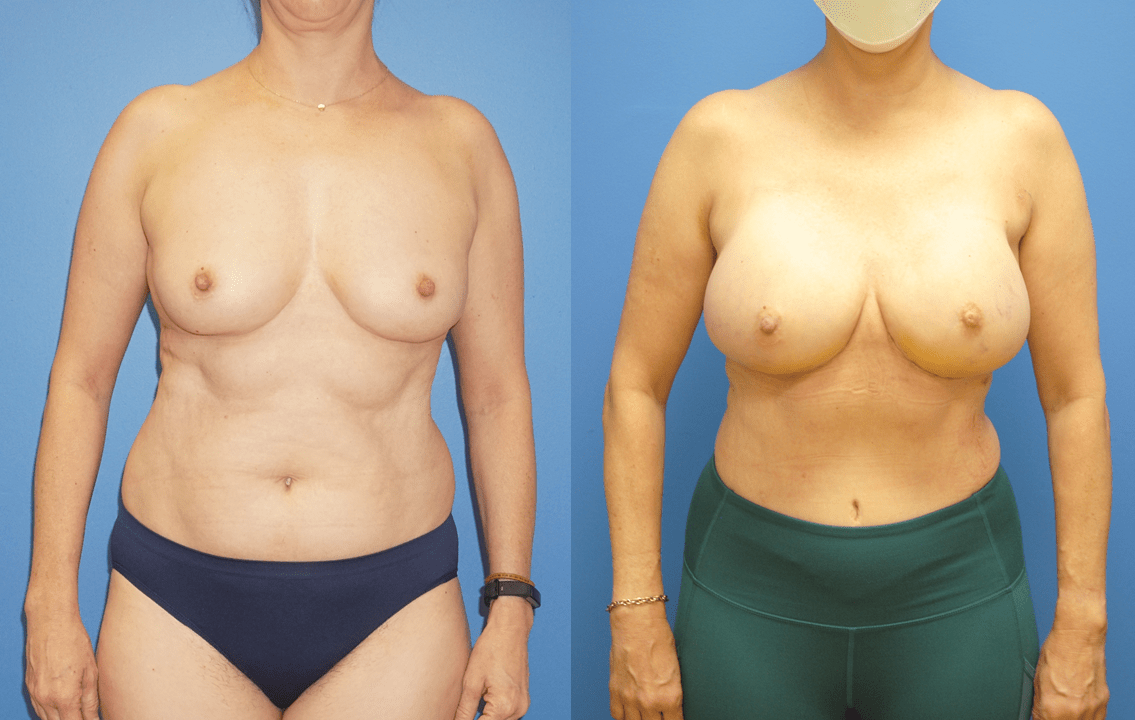
DIEP flap reconstruction is a common method of reconstruction. Occasionally the lower abdomen does not have sufficient tissue for a bilateral reconstruction and the flap reconstruction can be augmented with mammary prosthesis. Typically, we wait until one year after a DIEP flap reconstruction to augment the breast. The satisfaction rate is high with augmentation of the DIEP flaps because the…
